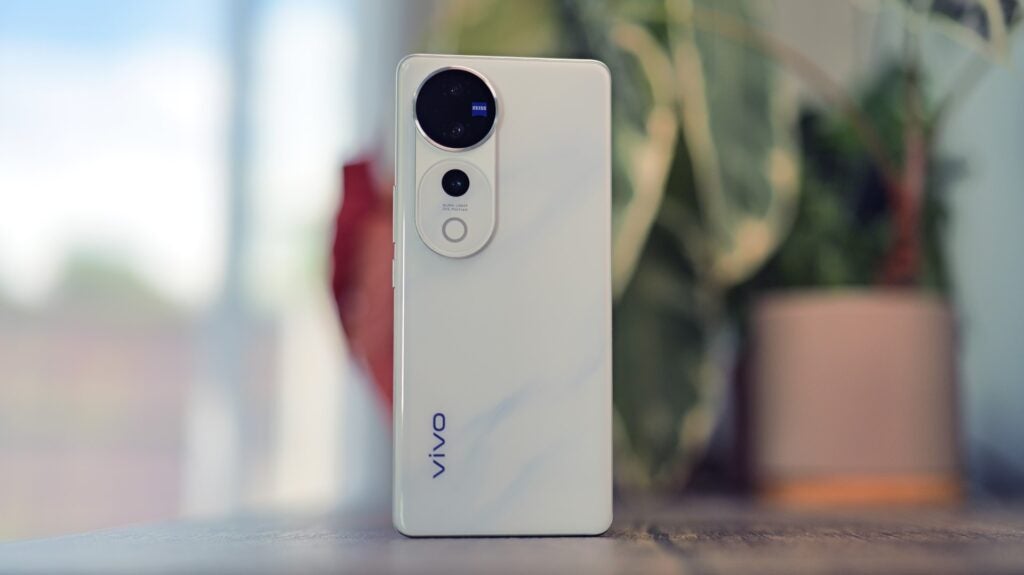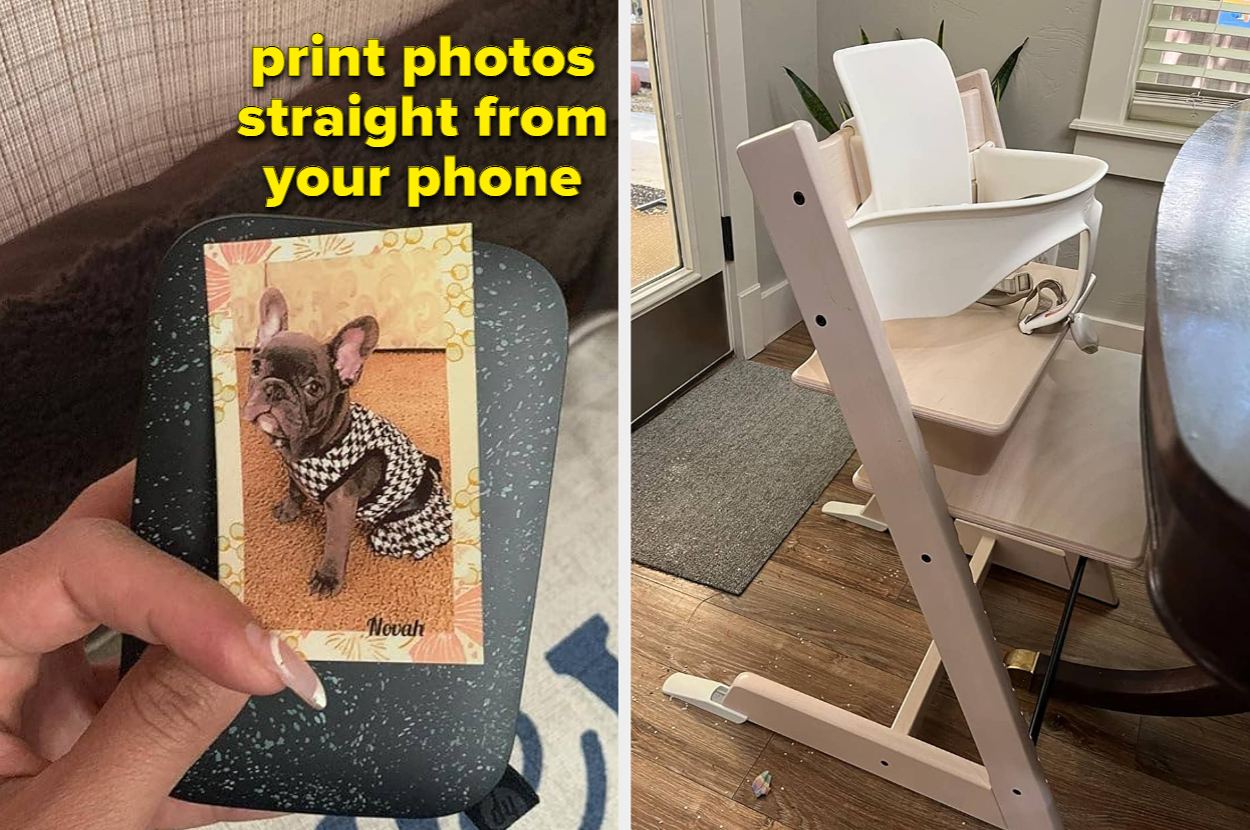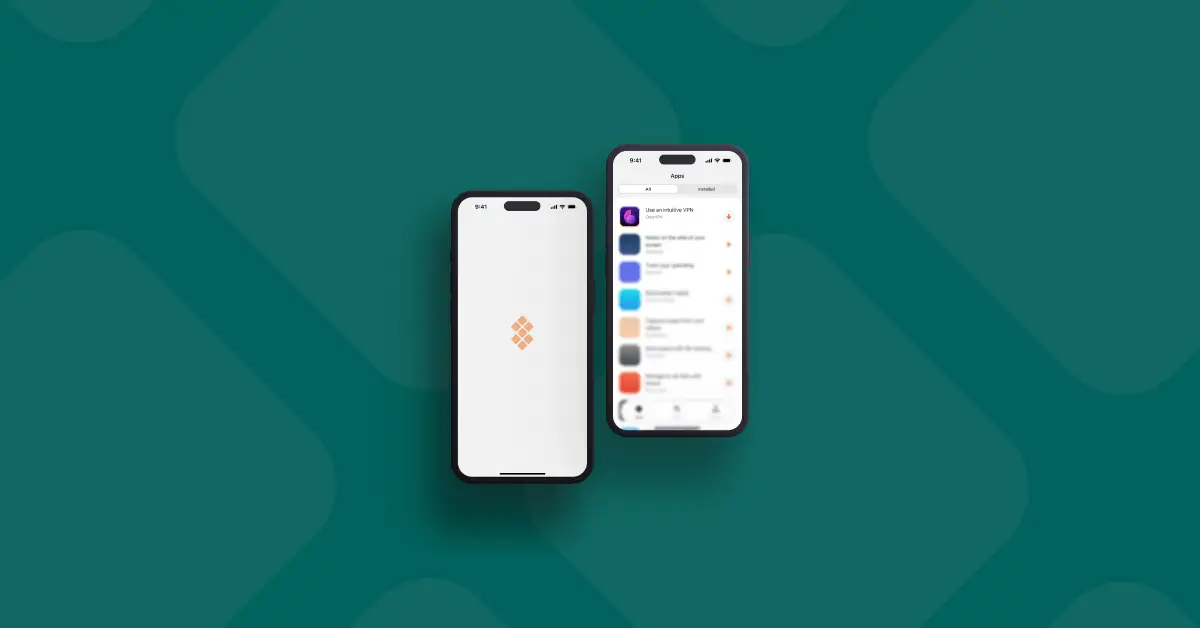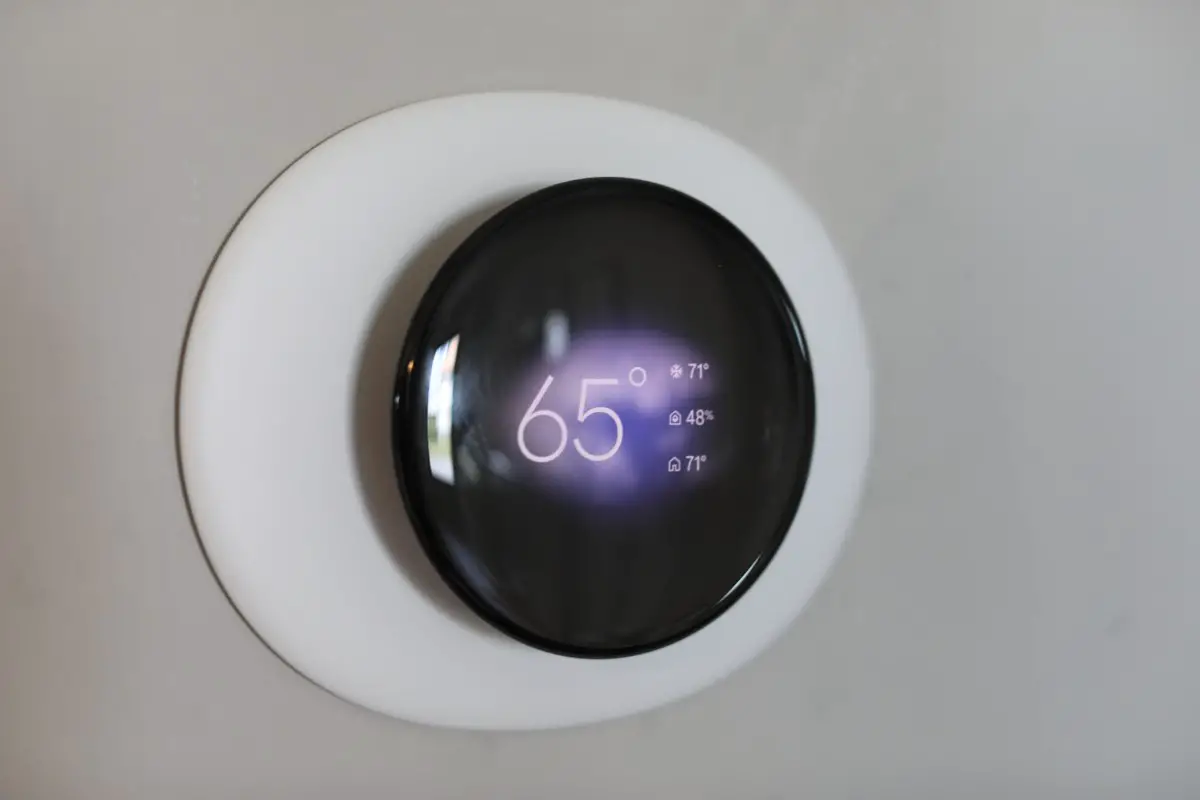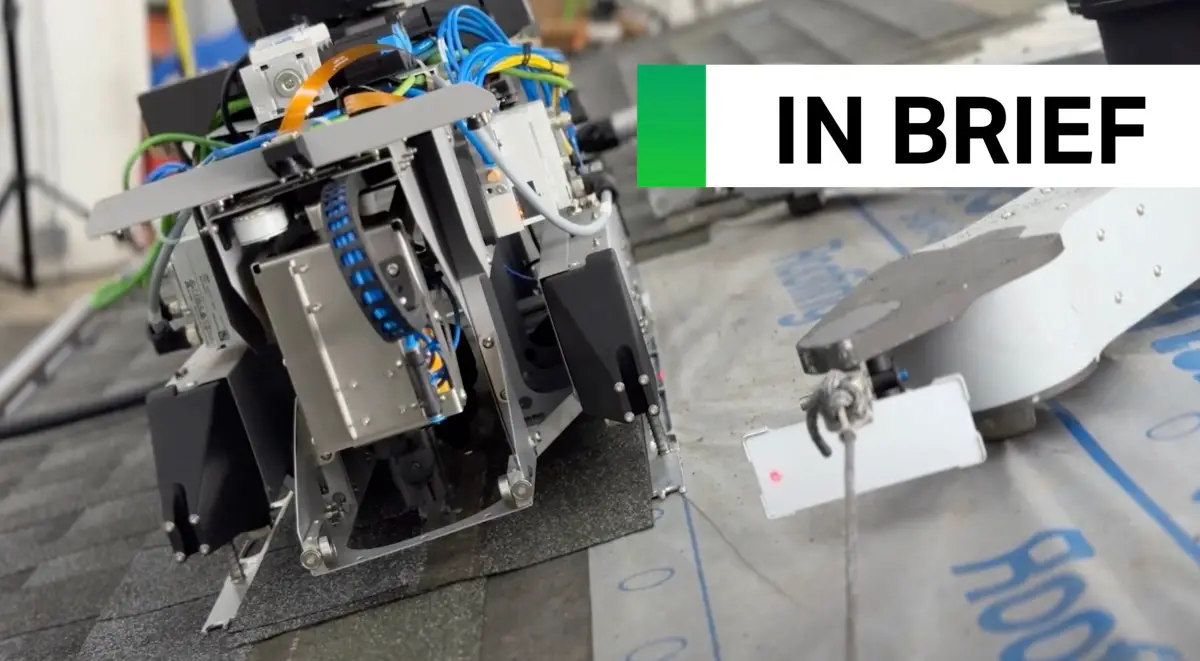Verdict
The Vivo V40 Pro delivers excellent photography, long battery life and ample power at an affordable price. The problem, as usual, is with its availability.
Pros
- Excellent cameras
- Speedy performance
- Massive silicon-carbon battery
- Slim design
Cons
- Plastic frame
- Lots of bloatware
- No wireless charging
- No official UK availability
Key Features
- Massive battery in a slim bodyWith a huge 5500mAh battery squeezed into a 7.6mm thick frame, this is one of the best battery-size-to-thickness ratios we’ve ever seen. It also charges very quickly, with 80W wired charging support.
- Impressive performanceThe upgrade to a MediaTek Dimensity 9200+ makes the Vivo V40 Pro the best V-series phone for gaming so far. It’s a very noticeable improvement.
- Excellent cameras and image processingQuad 50MP cameras and excellent processing work in tandem to deliver some of the best shots in this price range. It’s especially good for portrait shots and selfies.
Introduction
It feels like I’ve only just reviewed the Vivo V30 Pro, and already its successor has arrived. The V40 Pro is here, and again, it’s bringing Vivo’s Zeiss partnership and camera wizardry to a more affordable price point.
This time around, though, there’s a big change, and that’s with the processing power. Vivo’s latest mid-ranger packs a fully-fledged flagship chip, the MediaTek Dimensity 9200+. Yeah, it might be a little older, but combining this kind of horsepower with a great camera array makes for a very appealing phone. And that’s before we get to the battery, which is one of the largest in its class.
On paper, it’s all very promising, but as with other recent V-series phones, getting your hands on one might be tricky. It’ll be available to buy in India on August 7, and will gradually roll out to other markets in the EU, but Vivo hasn’t revealed exactly which ones.
With an MSRP of €499, the Vivo V40 Pro is very competitively priced. I wanted to find out if corners were cut to hit such a price point, and after living with it for a week, here are my thoughts.
Design
- 164.2 x 74.9 x 7.6mm, 192g
- Glossy glass back, plastic frame
- Reinforced frame with cushioning structure
From the front, you’d have a very hard time telling the V40 Pro apart from its predecessor. It has almost identical dimensions and a matching curvature to the screen. It’s about 0.1mm thicker than the previous model, and about 4g heavier. It’s not enough to make any meaningful difference, but the phone does feel slightly more substantial in the hand than the V30 Pro.
This time around, there are three colour variants to choose from: Meteor Blue, Stellar Silver and Moonlight White. I have the white model in for testing and it has a new high-gloss finish with a special anti-fingerprint coating applied.
There’s a subtle marble-like pattern on the rear in a dark blue colour, and the Vivo logo is in a matching hue. It’s a nice enough look, but the glossy finish isn’t my favourite. It makes the rear look plastic, even though it’s made from glass. I do appreciate the anti-fingerprint coating, though; glossy phones are usually smudge magnets and that’s not the case with this device.
If you opt for the Meteor Blue finish, you’ll get a similar rear panel in a different colour scheme, meanwhile, the Stellar Silver version has a subtle sparkle to it and no marble pattern.
Vivo has given the camera array a different shape on this model. Two lenses reside in a large circular island with a black surround, while the third lens sits on its own section, along with the Aura Light.
The shape reminds me of the settings toggle that you’d find in an Android menu. It’s a chunkier bump than the one on the V30 Pro, but it’s still fairly small. Expect a bit of wobble when it’s placed screen up on a table, though.
The frame is made from plastic, which is the first hint that we’re not dealing with a flagship model. However, while plastic might not feel as premium, it should be quite durable. Vivo says it has incorporated reinforcements as well as cushioning to increase the phone’s drop and impact resistance.
There’s a typical transparent TPU case included in the box, it’s nothing special, but it’s nice to have, especially since V-series cases can be hard to come by. There’s also a factory-applied plastic screen protector to keep your display free from scuffs.
Screen
- 8.78-inch 120Hz OLED
- 2800 x 1260 resolution, curved edges
- 4500 nits peak brightness
At a glance, the display on the V40 Pro looks almost identical to the V30 Pro, and the resolution and refresh rate are exactly the same. The difference this time is that it peaks at 4500 nits brightness, a dramatic increase over the 2800 nits output of its predecessor.
This brightness increase means the display is very easy to see, even on the brightest of days, and HDR content looks superb. The highlights are dazzlingly bright and lots of detail is retained in shadowy areas.
The curvature of the screen matches the older model, too, and I’m not the biggest fan. It’s a pretty substantial curve, and that means you get a lot of reflections at the edges, and the colours shift slightly when viewed at certain angles.
On the other hand, it makes the device feel exceptionally slim, and it’s very refreshing compared to the chunky flagships and foldable phones I’ve been carrying around lately.
The colours look quite accurate by default, but there’s a good amount of customisation available in the settings if you want to tweak the look. You get three main profiles to choose from and you can tweak the colour temperature of each one.
Cameras
- 50MP OIS main camera (1/1.56-inch)
- 50MP 2x telephoto (1/2.51-inch)
- 50MP ultrawide with AF (1/2.76-inch)
- 50MP wide-angle selfie camera with AF
The V40 Pro boasts a quad 50MP camera array, just like the V30 Pro. The specs remain mostly unchanged, although the main sensor has switched from the Sony IMX920 to the IMX921.
It’s an impressive showing at this price point, as there are plenty of pricey flagships that are still touting lower-resolution auxiliary cameras. Just look at the £1,799 Galaxy Z Fold 6, for example.
The results are very similar to what I saw with the last generation, and that’s a good thing. Images come out looking sharp and detailed, with lifelike natural colour rendition. I’m impressed with Vivo’s handling of darker subjects, like the spider monkeys I snapped at the zoo, and the way it lifts shadows on faces while balancing the exposure elsewhere.
The main camera is the most impressive of the lot, but the 2x telephoto isn’t far behind, especially in the daylight. It provides a very useful focal length, and digitally zooming up to 5x still delivers solid results. If you go any further, though, you’ll notice some serious image degradation.
The ultrawide captures the least detail, but it’s a lot better than the 8-12MP units that you find on a lot of phones. It has a very wide 15mm-equivalent field of view, and crucially, it has autofocus, so it’s just as useful for close-ups as it is for architecture and landscapes.
The 50MP selfie camera remains one of the best on the market. It has autofocus, so you always look sharp no matter how far away from the lens you stand, and it’s one of the widest selfie cameras around.
It’s great for taking group photos, and it’s equally useful for showing off your surroundings. If you want a more traditional FOV, you can digitally punch in, and the high-resolution sensor ensures that there’s no noticeable drop in quality.
The V40 Pro’s portrait mode effects are some of the best around. There are tonnes of filters to choose from, including Vivo’s renowned Vintage profile, and all the Zeiss-approved bokeh styles from Vivo’s flagship range, too. Subject cutouts are very reliable, too.
When it comes to video, you can shoot at up to 4K@60fps on every camera, but the stabilisation isn’t the best at this frame rate. Switching down to 4K@30fps looks much better. You can also enable ultra-steady mode for gimbal-like smoothness, but that only works in 1080p.
Performance
- MediaTek Dimensity 9200+
- 8GB / 12GB RAM, 256GB / 512GB storage
- Dual stereo speakers
The most noticeable difference between this phone and the previous model is the processing power. With an upgrade to the Dimensity 9200+ the Vivo V40 Pro is now rocking a flagship-level chip. Sure, it’s a slightly older flagship chip, but it’s a massive upgrade nonetheless.
I’ve never had a problem with V-series phones when it comes to day-to-day tasks, they may not be top performers, but they’re fast enough to not be an inconvenience. However, I’d never recommend them to gamers. With the V40 Pro, that changes.
This phone scores well in benchmarks, easily outclassing similarly priced alternatives like the Pixel 8a and even beating the full-fat Pixel 8. It comes surprisingly close to matching the Exynos-based Galaxy S24, too.
In real-world terms, it allowed me to max out the settings on my current favourite timesink, Zenless Zone Zero, and maintained a fairly solid framerate throughout. It did get quite hot in the process, but it’s not too uncomfortable if you keep the case on.
Another big upgrade with this model is the addition of dual stereo speakers, also something that improves the gaming experience. They’re not the most impressive speakers around, the bass is lacking and they sound a little on the tinny side, but the clarity is decent and they can get quite loud.
Software
- Funtouch OS 14 based on Android 14
- Good multi-tasking support
- Lots of bloatware
The Vivo V40 Pro runs Funtouch OS 14, a skinned version of Android 14, just like the rest of Vivo’s global releases.
It’s an easy system to get used to, it doesn’t stray too far from the stock Android experience and it’s heavily customisable. I’m not too keen on the default look, but it’s not a big deal as you can change everything from the colours to the icons and even the animation style.
Unfortunately, the V40 Pro still comes riddled with bloatware. On first boot, you’ll find folders filled with random apps and games, most can be removed, but it’s time-consuming and frustrating.
You can also expect lots of random notifications from Vivo’s first-party apps. These can also be disabled, but you’ll spend your first few days with the phone switching them off individually. Once it’s cleaned up, the experience gets a lot better, but it’s not ideal from the outset.
Vivo’s update policy has also had an upgrade. While the vast majority of V-series devices get two OS updates and three years of security patches, the Vivo V40 comes with a boosted three OS upgrades and four years of security patches.
Battery Life
- 5500mAh silicon-carbon battery
- 80W wired FlashCharge
- No wireless charging
The V40 Pro benefits from Vivo’s latest BlueVolt battery tech, which means that the brand was somehow able to cram a massive 5500mAh cell into a very svelte chassis. This battery capacity is larger than you’ll find on some of the priciest flagships on the market, and it’s very impressive to see it included here.
Unsurprisingly, this phone lasts ages on charge. Without even trying, I managed to make it through two days, and going to bed with 60% remaining was quite common.
Of course, battery life is very dependent on what you’re doing. You can expect to charge more frequently if you’re spending hours playing a graphically intensive game, or shooting lots of videos, but in any case, you shouldn’t have trouble making it to the end of the day.
The phone also charges very quickly. There’s an 80W wall adapter included in the box, and it’ll take you from completely dead to 60% in about half an hour. A full charge takes about 50 minutes.
There’s no wireless charging, but that’s not too surprising, it’s still a rarity in this price bracket. It’s something that’s starting to become more common, though, and hopefully, we’ll see it arrive with future V-series handsets.
Latest deals
Should you buy it?
You want a photographic performer at an approachable price point
You won’t find many similarly-priced phones that outclass the V40 Pro’s photographic skills. Especially when it comes to selfies and portraits, where Vivo’s image processing really shines.
You live in an unsupported region
The biggest problem with this phone is its availability. If you live in India and EU regions where it’s available, then it’s well worth checking out, but we’re left guessing which other regions will get access to this device.
Final Thoughts
At first glance, I assumed we weren’t in for many changes with the V40 Pro, but it surprised me in a good way. The massive battery makes it a delight to live with, the processor upgrade means it can game like a champ and we finally get dual stereo speakers, even if they aren’t the most impressive sounding units.
The cameras haven’t seen much of an update, but that’s fine, they were already brilliant. The V40 Pro still delivers some of the best selfies of any phone that I’ve tested, and the portrait effects and Zeiss-backed image processing can really elevate your shots.
There’s still room for improvement; the phone gets hotter than I’d like while gaming, I’d love to see a metal frame rather than a plastic one, and less bloatware would be nice. That said, it’s an excellent overall package and great value for money.
The problem, as usual, will be getting your hands on one, unless you live in India and select countries in Europe. I’ve got my fingers crossed for a wider rollout, but as of right now, Vivo’s plans remain somewhat mysterious. If it launches in your region, it’s well worth checking out.
How we test
We test every mobile phone we review thoroughly. We use industry-standard tests to compare features properly and we use the phone as our main device over the review period. We’ll always tell you what we find and we never, ever, accept money to review a product.
Used as a main phone for over a week
Thorough camera testing in a variety of conditions
Tested and benchmarked using respected industry tests and real-world data
You might like…
FAQs
Does the Vivo V40 Pro support microSD card storage?
No, the V40 Pro doesn’t support microSD cards, it can be purchased with either 256GB or 512GB of built-in storage.
Does the Vivo V40 Pro have NFC?
Yes, the Vivo V40 Pro has NFC and it works with Google Pay.
Trusted Reviews test data
Geekbench 6 single core
Geekbench 6 multi core
1 hour video playback (Netflix, HDR)
30 minute gaming (light)
Time from 0-100% charge
Time from 0-50% charge
30-min recharge (included charger)
15-min recharge (included charger)
3D Mark – Wild Life
GFXBench – Aztec Ruins
GFXBench – Car Chase
Vivo V40 Pro
1782
4767
6 %
10 %
50 min
24 Min
60 %
31 %
3978
85 fps
93 fps
Full specs
UK RRP
USA RRP
EU RRP
Manufacturer
Screen Size
Storage Capacity
Rear Camera
Front Camera
Video Recording
IP rating
Battery
Fast Charging
Size (Dimensions)
Weight
Operating System
Release Date
First Reviewed Date
Resolution
HDR
Refresh Rate
Ports
Chipset
RAM
Colours
Vivo V40 Pro
Unavailable
Unavailable
€499
Vivo
6.78 inches
256GB, 512GB
50MP + 50MP + 50MP
50MP
Yes
IP69
5500 mAh
Yes
75.1 x 7.6 x 164.4 MM
192 G
Android 14
2024
12/08/2024
1260 x 2800
Yes
120 Hz
USB-C
MediaTek Dimensity 9200+
12GB, 8GB
Ganges Blue, Titanium Gray, Moonlight White

